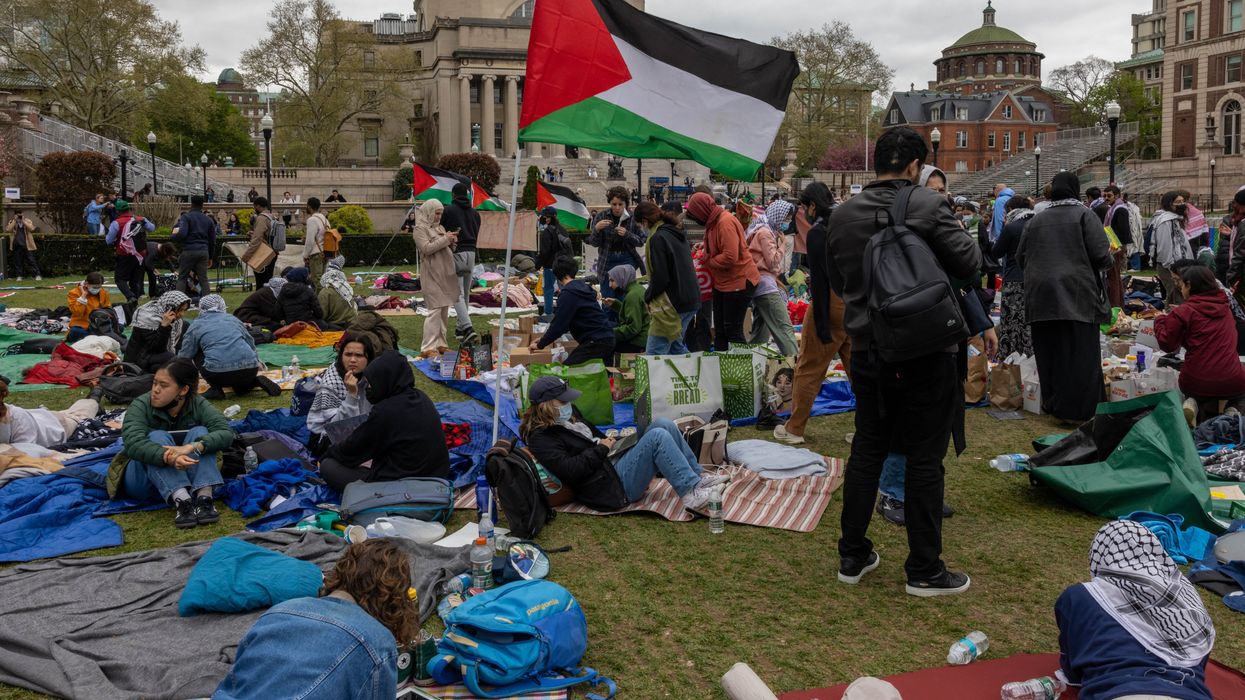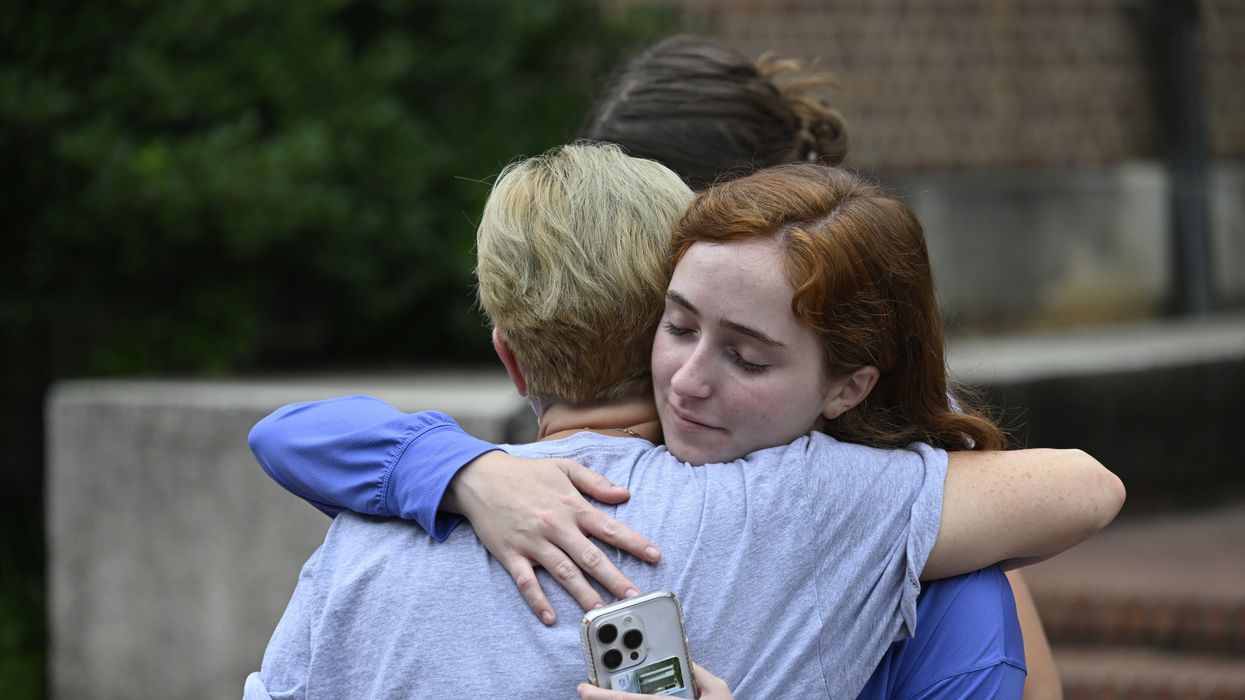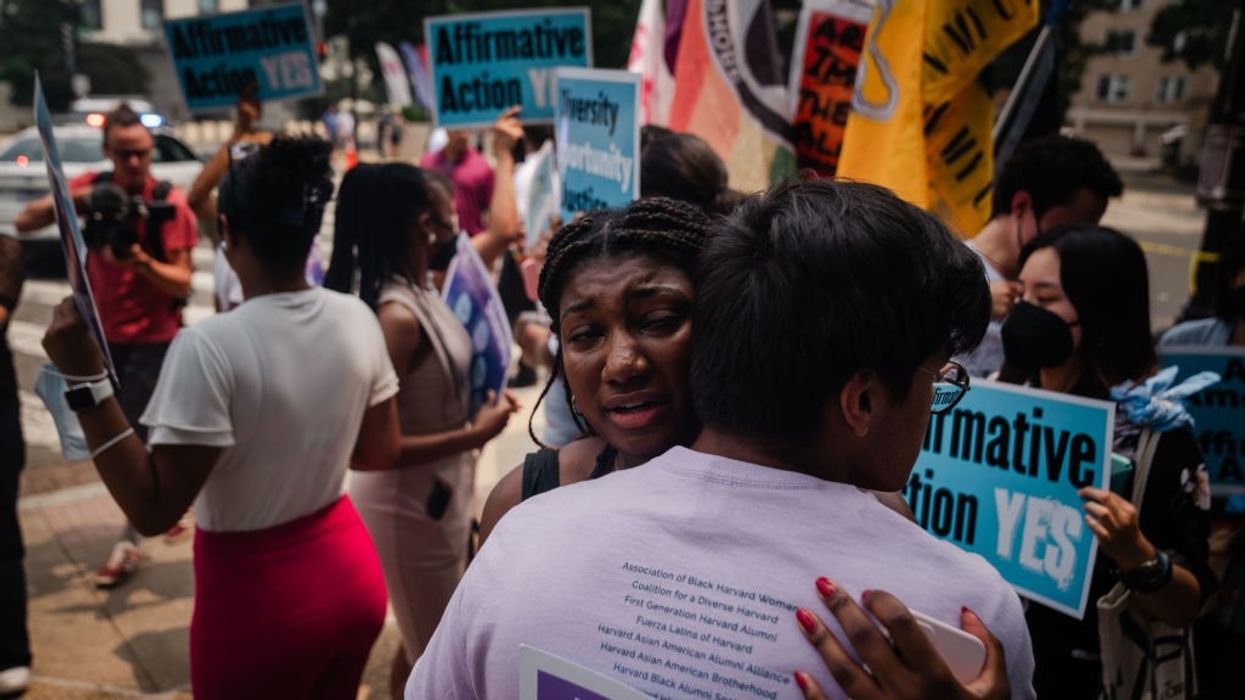US College Students Demonstrate in Solidarity With Palestinians, Columbia Protesters
"Columbia University made a huge mistake calling the cops on student protesters," said one educator. "It has transformed the activism of hundreds of students into a student movement of thousands."
Undeterred by Columbia University's sanctioning of a crackdown by the New York Police Department in which at least 108 people were arrested on Thursday for protesting Israel's war on Gaza, dozens of students continued to camp out on the campus' West Lawn Friday as solidarity protests cropped up at other schools across the country.
Students at the University of North Carolina, Chapel Hill (UNC) set up tents at a rally, while the Harvard College Palestine Solidarity Committee announced a walkout to express solidarity with "steadfast Columbia students" and emergency protests were announced at Boston University; Miami University in Oxford, Ohio; and Ohio State University.
"Columbia University made a huge mistake calling the cops on student protesters," said Jairo I. Fúnez-Flores, a faculty member at Texas Tech University. "It has transformed the activism of hundreds of students into a student movement of thousands with millions around the world watching."
National Students for Justice in Palestine, whose Columbia University chapter was shut down late last year after members protested against the institution's investments in Israeli companies and partnership with Tel Aviv University, called on all of its chapters across college campuses to join in solidarity actions.
"The supposed power of these administrators pales in comparison to the combined strength of the students, staff, and faculty committed to realizing justice and upholding Palestinian liberation on campus," said the national group.
At the impromptu rally at UNC, students chanted, "No justice, no peace!"
The solidarity actions came a day after Columbia president Minouche Shafik authorized the police to dismantle an encampment set up by dozens of students. Shafik testified before a Republican-controlled U.S. House committee on Wednesday where the focus was antisemitism on the school's campus, and admitted she has not witnessed anti-Jewish protests at Columbia since Israel began its assault on Gaza last October.
After the students were arrested Thursday, one student Barnard College—which is part of Columbia—posted on social media an email she had received from vice president and dean Leslie Grinage about the suspension of several students.
The students were forced to leave their housing and have had their access to all campus facilities revoked during the suspension.
Several members of the press reported being denied entry to Columbia's campus on Thursday and Friday, prompting the university's journalism school to offer its assistance and reiterate its support for a free press.
Barnaby Raine, an historian earning his Ph.D. at Columbia, urged fellow educators at the Ivy League school to demonstrate solidarity with the student-led protests.
"As my employer, Columbia University, calls armed riot police into campus to smash a peaceful protest against a genocide, we must all speak out," said Raine. "My former students have been arrested. I'm proud of you. History will be too."
Actor, activist, and former New York gubernatorial candidate Cynthia Nixon, who graduated from Barnard, condemned the administrators' response to the protests.
"I am shocked and ashamed that [Barnard] and Columbia are violently crushing the right of students to peacefully protest," said Nixon. "This is not who we are. Both schools must immediately reinstate these students and protect their right to fight for a free Palestine."


